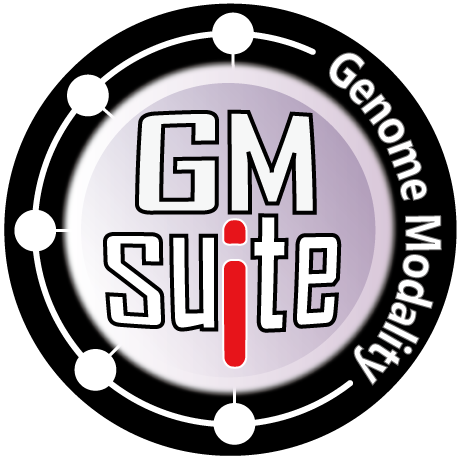| Accession | GMS-58-4
URL copied to the clipboard |
| Title | Towards deep understanding of the Genome |
| Submit date | 2022-01-25 17:08:25 |
| Last update date | 2023-01-11 16:30:37 |
| Contact | userGMS GENOMEMODALITY olpUSER1.2017 AT gmail.com The University of Tokyo |
| Sharing | |
| Total file size | 7.22 MB |
| Keywords | DNA Chromatin RNA |
| Experiment type | Ministry of Education, Culture, Sports, Science and Technology |
| Summary | Since the discovery of DNA double helix, genome study has been expanded and our knowledge of the genome was enormously progressed; Meanwhile whole genome has been sequenced in many model organisms and nowadays genome editing technology is widely and rapidly spread. The past genome researches have mainly forced on its informational aspects, such as replication, repair, recombination, and division of the genomic information and further highlighted epigenetic regulations to explain genetic phenomena. On the other hand, physical properties of the DNA, such as stiffness, torsion, supercoiling and so on, have been much less understood, although it is the most important properties directly affecting the genome structure. In this project, we focus on physical properties of DNA/chromatin/genome to understand how the genome builds its functional structure. |
| Citation(s) | https://www.genome-modality.com/en/ |
| Organism | Human |
| Cell (Tissue) | GenomeModality |
| Protocol | Objects of this project rangefrom nano-scale DNA/nucleosome structures to organisms (Figure 1). Regulators of genome modality would include nucleoplasmic/cytoplasmic environments, physical properties of proteins, and physicochemical reactions such as liquid-liquid phase separation, as well as physical properties of DNA. How do they regulate genome modality in each scale and define chromosome- or chromatin-dynamics, and how does dysfunction of the factors result in disorganization of cellular functions and causes diseases? We will address these questions from different approaches including theoretical physics, measurements of biophysical properties, reconstitutions, and genomics as well. In the framework, there are 3 major categories as follows.
|
| Data processing | NGS Imaging Synthetic Computation |
| [150] GM.png
no description image/png 17.20 KB MD5: 2cb2cdcca9bdd55a897d897ac67f7e39 |
| [158] GMsuite.png
no description image/png 72.20 KB MD5: a408677e1f2a93e49c0aa5a25c0bf9f6 |
| [236] MultiScale_Modals.mp4
no description video/mp4 7.13 MB MD5: 854a86cdfff9838c7f5b69d13f486322 |

